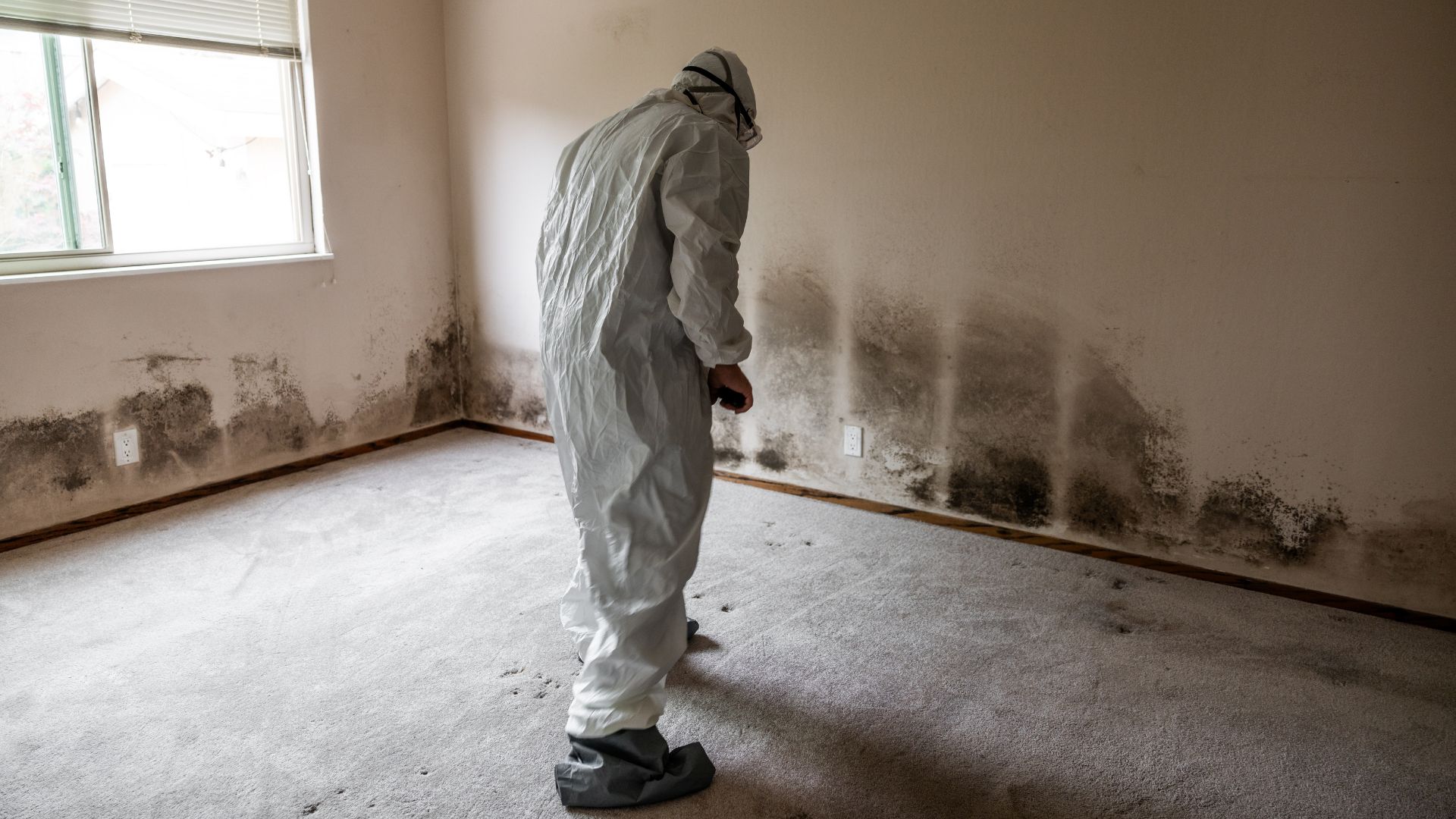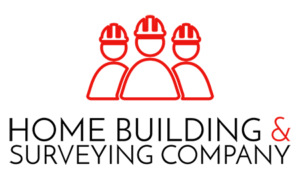Mould is a pervasive issue in many homes, posing significant health risks and structural challenges. Despite its commonality, the dangers of mould are often underestimated, leading to severe consequences for residents. This article delves into the health implications of mould, explores real-life cases highlighting its impact, and offers guidance on prevention and remediation.
Understanding Mould and Its Growth
Mould is a type of fungus that thrives in damp, warm, and humid environments. It reproduces by releasing spores into the air, which can settle on surfaces and grow if conditions are favorable. Common indoor moulds include Aspergillus, Penicillium, and Stachybotrys chartarum (commonly known as black mould). Areas prone to mould growth include bathrooms, kitchens, basements, and any space with poor ventilation or water leaks.
Health Implications of Mould Exposure
Exposure to mould can lead to a variety of health issues, particularly affecting the respiratory system. According to NHS Inform, individuals living in mouldy environments are more susceptible to respiratory problems, infections, allergies, and asthma. Mould exposure can also compromise the immune system, making individuals more vulnerable to illnesses. Certain groups, such as babies, children, the elderly, and those with existing skin or respiratory conditions, are especially sensitive to mould.
Inhaling or touching mould spores may cause allergic reactions, including sneezing, runny nose, red eyes, and skin rashes. For asthma sufferers, mould can trigger attacks, leading to coughing, wheezing, and breathlessness. The severity of these reactions can vary based on the individual’s sensitivity and the extent of mould exposure.
Real-Life Cases Highlighting Dangers Of Mould
The Tragic Case of Awaab Ishak
In December 2020, two-year-old Awaab Ishak died from a respiratory condition caused by prolonged exposure to mould in his family’s flat in Rochdale, Greater Manchester. Despite his father’s repeated complaints to the housing association, Rochdale Boroughwide Housing (RBH), about the mould problem, adequate action was not taken. Awaab’s death led to widespread outrage and prompted calls for stricter regulations on housing conditions. In response, the UK government announced “Awaab’s Law,” requiring social housing providers to address hazards like damp and mould within specified timeframes. Wikipedia
Jane Bennett’s Struggle in Mansfield
Jane Bennett, a 52-year-old council tenant from Mansfield, suffered from lung disease and repeatedly complained to the local council about mould in her home. Despite her efforts, the mould issues persisted. In June 2023, Jane passed away, and a coroner later ruled that toxic mould exposure could have been a contributing factor to her death. This case underscores the critical need for timely and effective responses to mould complaints in social housing. The Guardian
Kristie’s Experience in Texas
Kristie, a mother from Texas, noticed a significant change in her son’s behavior after moving into a new house. He exhibited fatigue, poor handwriting, loss of appetite, and odd hand movements. Medical professionals initially dismissed these concerns, but further investigation revealed the presence of black mould throughout their home. Black mould, specifically Stachybotrys chartarum, is known to thrive in moist environments and can lead to severe health issues, including brain inflammation. This case highlights the importance of considering environmental factors when unexplained health issues arise. Adelaide Now
Chloe Patison’s Family Displacement in Geelong
In Geelong, Australia, Chloe Patison and her family of seven were forced to leave their home weeks before Christmas due to high levels of toxic black mould. The mould infestation was so severe that it caused health issues for the entire family, leading to her partner leaving his job due to illness. The family had to abandon their belongings and seek alternative accommodation, illustrating the profound impact mould can have on both health and livelihood. Heraldsun
Eleanor Crabb’s Ongoing Battle in the UK
Eleanor Crabb, a private renter in the UK, faced persistent damp and mould issues in her home. Despite following advice to ventilate and heat her property adequately, the problems persisted. Eleanor’s experience reflects a common frustration among tenants who feel their concerns are dismissed or inadequately addressed by landlords, highlighting the need for clearer accountability and support systems. Big Issue

Preventing and Addressing Mould in Homes
Given the serious health risks associated with mould, it’s crucial to take proactive steps to prevent its growth and address existing problems promptly.
Prevention Strategies
-
Control Humidity Levels: Keep indoor humidity levels between 30-50%. Use dehumidifiers and air conditioners to help maintain these levels.
-
Ensure Proper Ventilation: Use exhaust fans in bathrooms and kitchens to reduce moisture. Ensure that dryers and other moisture-generating appliances vent to the outside.
-
Fix Leaks Promptly: Repair any leaks in roofs, walls, or plumbing to prevent moisture accumulation.
-
Dry Wet Areas Immediately: Dry and clean any wet or damp areas within 24-48 hours to prevent mould growth.
-
Use Mould-Resistant Products: When renovating, consider using mould-resistant drywall and paints.
Remediation Steps
If mould is already present in the home, consider the following steps:
-
Assess the Extent of Mould Growth: Determine if the mould problem is manageable or if professional assistance is required.
-
Protect Yourself: Wear protective gear, including gloves, goggles, and an N95 respirator, when cleaning mould.
-
Remove Mouldy Materials: Discard porous materials like carpets, drywall, and insulation that have been contaminated.
- Hire a Professional: If mould is causing health issues, it’s best to seek professional mould remediation services. Professionals have the tools and experience needed to handle toxic mould safely and effectively. For professional help, contact us here.
Legal and Tenant Rights
In many regions, including the UK and the US, tenants have the legal right to live in safe, habitable conditions — and that includes a mould-free home. Landlords are generally responsible for addressing mould that results from structural issues or water ingress.
Following the death of Awaab Ishak, “Awaab’s Law” was introduced in the UK, requiring social landlords to investigate and fix reported hazards (like mould) within strict timeframes. This landmark legal change reflects the increasing recognition of mould as a serious public health concern.
If you’re a tenant:
-
Document all communications about mould issues with your landlord.
-
Take photos and videos of the affected areas.
-
Contact local housing authorities if your landlord fails to act.
-
Seek medical attention if mould exposure is affecting your health and keep those records.
The Psychological and Financial Toll
Beyond the physical damage and health risks, mould can also take a serious emotional and financial toll:
-
Emotional stress: Living with a constant health threat creates anxiety, especially when vulnerable family members are affected.
-
Relocation and displacement: As seen in Chloe Patison’s case, entire families may be forced to vacate their homes on short notice.
-
Property devaluation: Homes with mould problems can lose market value and be harder to sell or insure.
-
Financial strain: Remediation and repairs can be costly, especially when landlords or insurance providers are unresponsive.
Conclusion: Taking The Dangers Of Mould Seriously
Mould is not merely an aesthetic nuisance or a minor inconvenience — it’s a serious health and safety hazard. The tragic stories of Awaab Ishak and others around the world have highlighted the dangers of mould and shown just how devastating the consequences of neglect can be.
The good news is that mould growth is largely preventable with awareness, vigilance, and proactive maintenance. Governments, landlords, and homeowners all have a role to play in ensuring safe living environments.
Whether you’re a renter or a homeowner, understanding the dangers of mould can help you protect your home — and more importantly, your health.






